First off, I didn’t share the Westword reporter’s view that the filmmakers blamed Thrive. To be honest, although this was depicted a few times, my impression is that the reporter was trying to gain traction for a story on a sensational angle. The Strive aspect is very secondary, very much in the background of this story. If you’re new to the Watts case, then maybe noticing Shan’ann’s promotional activity, which is dramatized occasionally, is going to seem like a big thing. It isn’t. In fact, it’s hard to say what the big thing is this film is trying to point out.
The main message of the film seems to be to say that everything we know about Watts, and what he did, is kinda fuzzy. That’s not a contribution to the lore surrounding to this case, it’s a weak concession, and a cop-out. It’s almost like the filmmakers said: look, we don’t know what happened here, nobody does, so let’s not try. Let’s just stick with his version, depict that and make the story about the version no one believes. Let them try to figure out what really happened – that’s not our job.
As a narrator, I found the narrative of the Lifetime movie messy, disorienting and chaotic. It’s not chronological, it’s not clear, and overall, as mentioned above, the film pays homage to Chris Watts first version, with only a passing interest in forensic accuracy. No surprises there. From a true crime perspective, Lifetime movies are the last place to want to find a documentary-style criminal investigation.
The value in dramatizations in Lifetime fare lies in:
1) Depictions of family dynamics, characters and interrelationships
2) Reenactments of the crime scene
The movie opens with out-of-focus footage of the child actors playing Bella and Celeste running through a garden, and laughing, while news coverage of the disappearance provides a kind of voiceover narration. Emphasized in this montage:
“They seemed like a normal family.”
Then there’s a close-up of the side of Watts’ eye, and a clip of his sandaled foot under a table jigging up and down. Watts is restless, agitated. Something is going on in his head.
Then the voiceover shifts to Shan’ann’s voice, doing a Thrive promo:
“You have to set an example for your kids…so take that leap of faith.”
You hear a child’s voice echoeing her words in the background, and Shan’ann laughs with delight. This feels a little like that 30-minute Thrive spiel on that Saturday morning in May with the whole family present.
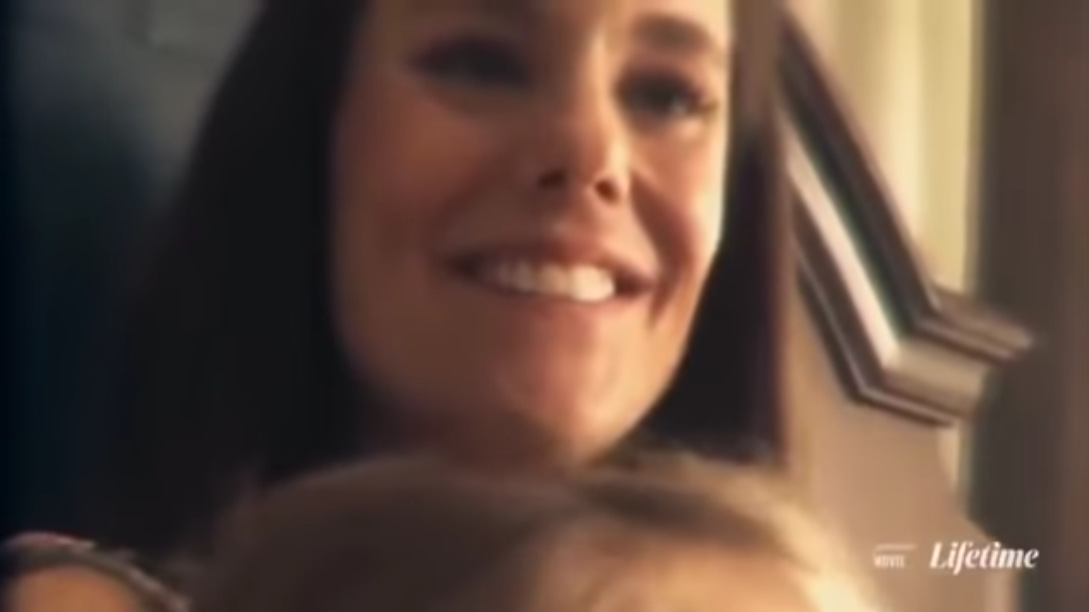
This is all meant to show Chris Watts remembering them.And he’s remembering them, as I said, from the inside of the interrogation cubicle.
I found the opening montage fuzzy and disorientating. A poor start, in other words.
In fact, throughout the whole film there is very little footage of the children. For the most part they’re excluded or left out or there’s a blurry allusion to them. Besides Bella singing “My daddy is a hero…” in the car with Celeste beside her, and a brief clip of the children crying softly in the truck on the way to the well site, there’s virtually no dialogue from the children. And [spoiler warning] there are no dramatized scenes of the children on the driveway, getting into the truck, or of anything that happened at CERVI 319 on the morning of August 13th.
From a legal perspective, the narrative device seems quite clever, and probably impressed the producers at the pitch meeting for this film. “We’ll tell this story through Watts himself, giving the backstory to his own story during his polygraph test.”
In the discovery, there is a very extensive backstory from Watts himself in the pretesting phase, starting on page 581 and concluding 15 pages later on page 596.
“Then at the very end, we’ll provide the twist of the Second Confession to show you really can’t know someone, or whether what they say is true.” And so that’s how it’s done. Most of the film is from Watts’ perspective, and most of that perspective comes from 15 pages of the outdated discovery relating to the First Confession.
If you’ve found the first section of this analysis messy, disjointed and disorienting, that’s how the first two-minutes feel. It takes a while for the chronology of the story to settle down, and although it has its moments, the whole film is ultimately a mishmash of scenes and flashbacks with very little in the area of authentic moments. One seldom has an aha-moment where it feels like anyone’s character is addressed, and that’s the main problem. There’s no character-building. No arc. No real story to speak of. It turns out the fuzzy memory of the children in the garden is from Watts’ head as he sits in the interrogation cubicle waiting for Tammy Lee to enter to do the polygraph test.
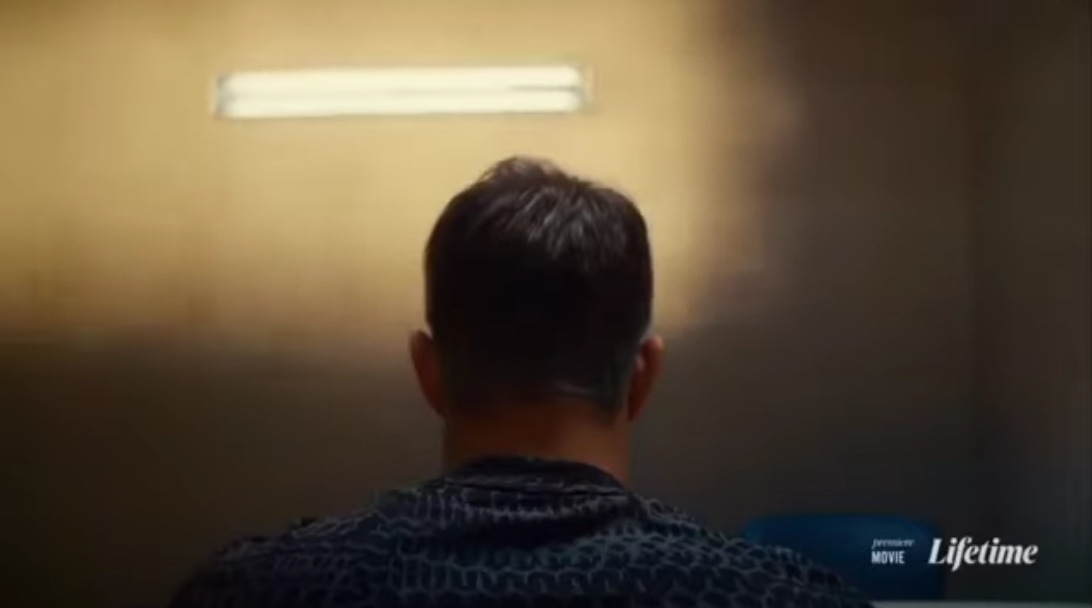
One of the best parts of the film is the movie title. The graphic design does a nice job in showing the two faces of Chris Watts, and how the two faces don’t line up. Skillfully represented.
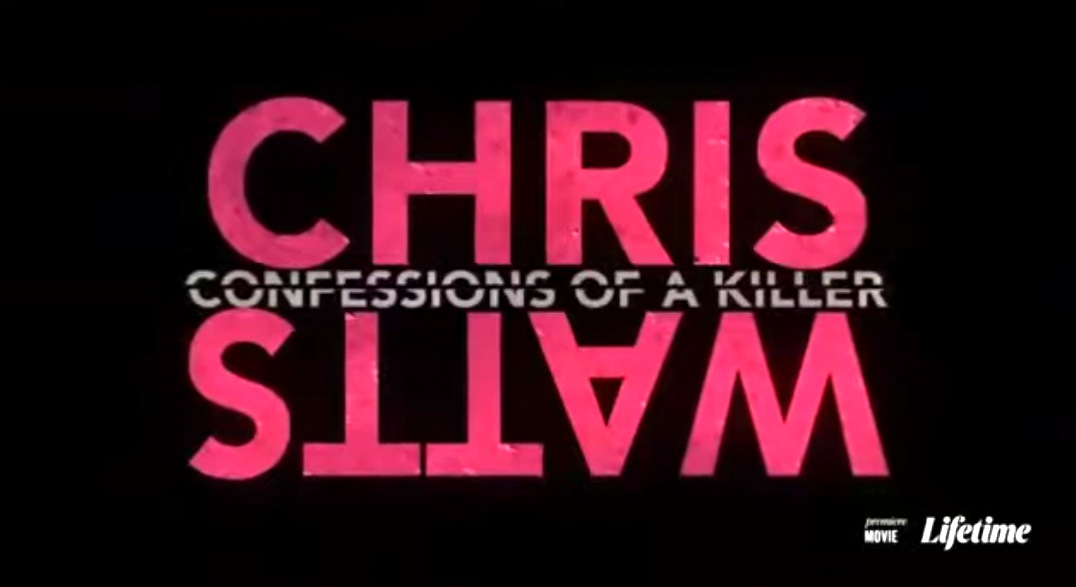
The whole film basically cuts back and forth to Watts “remembering” the events leading up to the murders while he’s being questioned by Tammy Lee. In other words, 90% of the film is based on the First Confession.
The actor playing Agent Coder also plays a very, very secondary role to Tammy Lee [acted by the same woman who played the victim in the pit in The Silence of the Lambs].
After the title image, the scene reverts to Watts doing his infamous Sermon on the Porch. While he’s talking, dogs bark in the background. Not bad. Same setting, same words, same clothing, same basic body language. Even the actor appears less nonchalant than Watts did during his Sermon on the Porch. Even though he’s acting and didn’t commit triple murder, this is an irony in itself
Once done with the interview, we something we haven’t seen before. Watts walks into the door and sits on the staircase. He’s alone. He sits there for some time. We see the light moving through the windows beside the front door, showing the movement of time. Cut back to the interrogation cubicle, and Watts is introduced to Tammy Lee, who let’s him know what he’s in for if she chooses to lie to him during the polygraph.
It’s at this point that the chronology starts to settle down into something slightly resembling a narrative.
Now let’s deal with the mistakes.
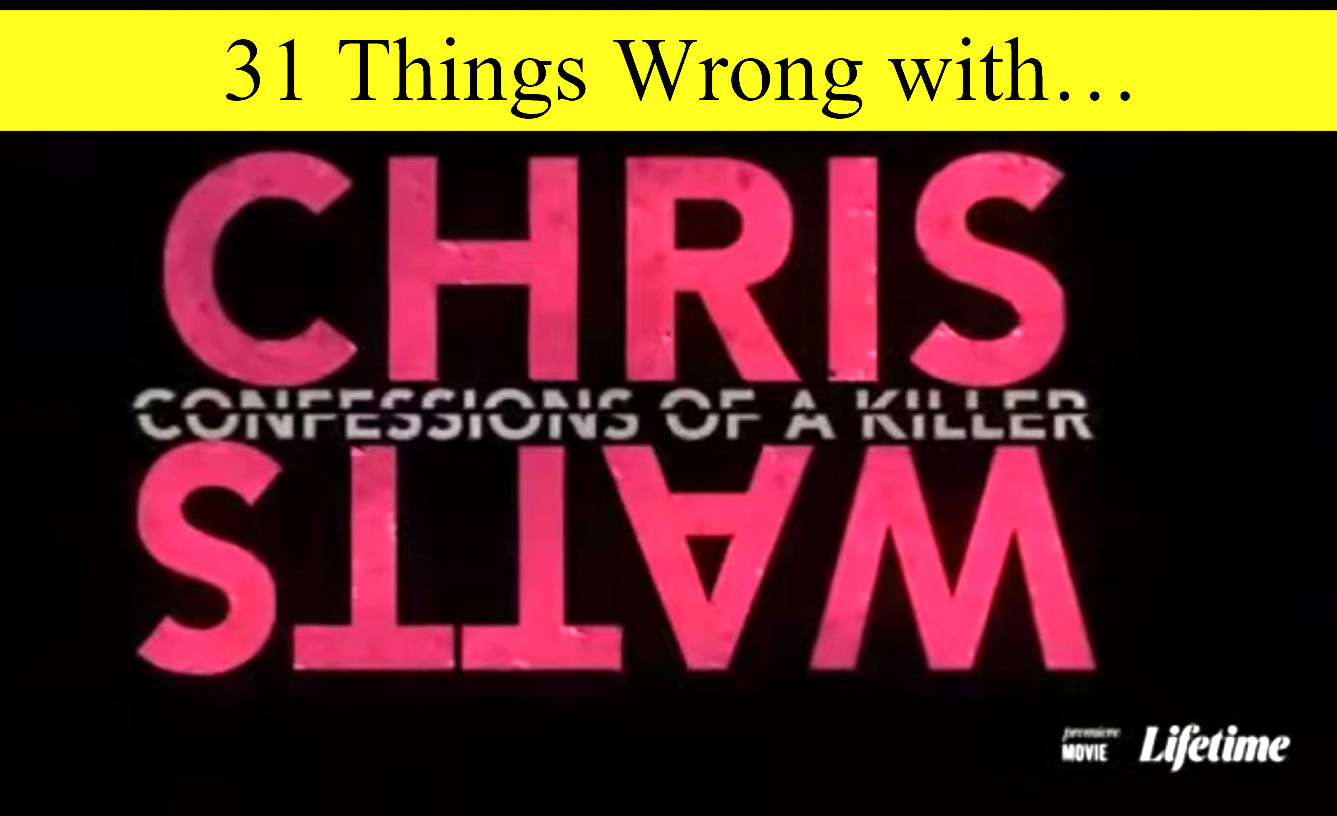
#1 Heaviness in the pregnancy announcement is missing.
Deeter is in the room, and at Watts’ feet when Shan’ann announces she’s pregnant. She’s wearing the right shirt, and he’s dressed the right way too. But this was the first sign of the filmmaker’s poor intuitive grasp of the subject material. Not only is the venue in the house wrong for where the spiel was recorded, Chris Watts appears genuinely excited and genuinely happy about the pregnancy, far more so than the real Watts did. The actor does a convincing scene, appearing enthusiastic about his movie-wife’s fictitious pregnancy. What was needed was for the heaviness in the dramatized Sermon of the Porch to be more manifest here, and for the nonchalance and lightness here, to be more evident in the Sermon on the Porch. Where the fake Watts says, “I guess, I guess when you want it it happens, ” there’s no trace of the awkward Chris Watts. Instead, it seems natural and even charming when acted out by this actor.
#2 Watts at the well site.
A lot is crammed into this scene. Watts describes his weight loss, and exhorts his co-worker to contact his wife and start Thriving. He loses his ring and his co-worker, retrieving it, says, “Forgot something?” His co-worker also mentions “Nikki” in the context of safety, and hands Watts a gift card to treat his wife. Watts also mentions his wife being pregnant and hoping for a boy [an aspect supposedly kept secret from everyone at work except his boss]. In this scene Watts appears way too balanced, confident and chatty. Gift cards at Anadarko [which is never named in this film, and the well site and four white tanks are nothing like CERVI 319] are not allocated as actual gifts or favors, but are earned as a result of achieving safety milestones.
#3 Nichol Kessinger gives Watts her card.
Shan’ann meets Nickole, is on her phone most of the time. Leaves for North Carolina in the middle of the day.
We see Watts turning to face his house and the camera zooms in, making the house loom over him and swallow him up. This is arguably the best scene the film.
The way the story is staged is the moment after Shan’ann leaves and Watts is left alone, he meets Nichol Kessinger and things happen instantly.
#4 Chris Watts is home alone watching porn.
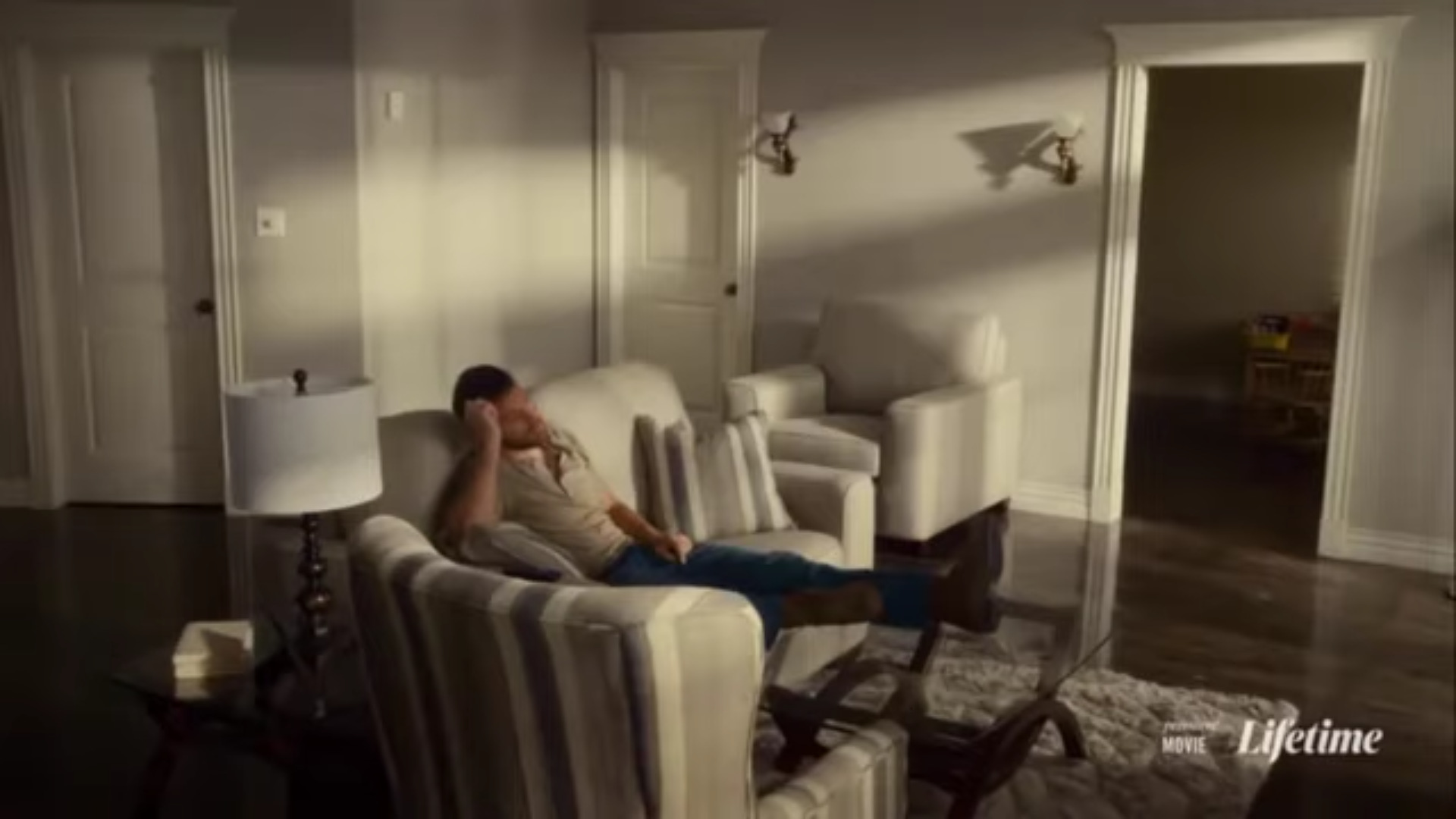
#5 He’s bored, so he calls up Nichol Kessinger.
#6 And they meet up in a wooded area.
#7 Where she finds out he’s a dad, and he’s married – but still wants to see him.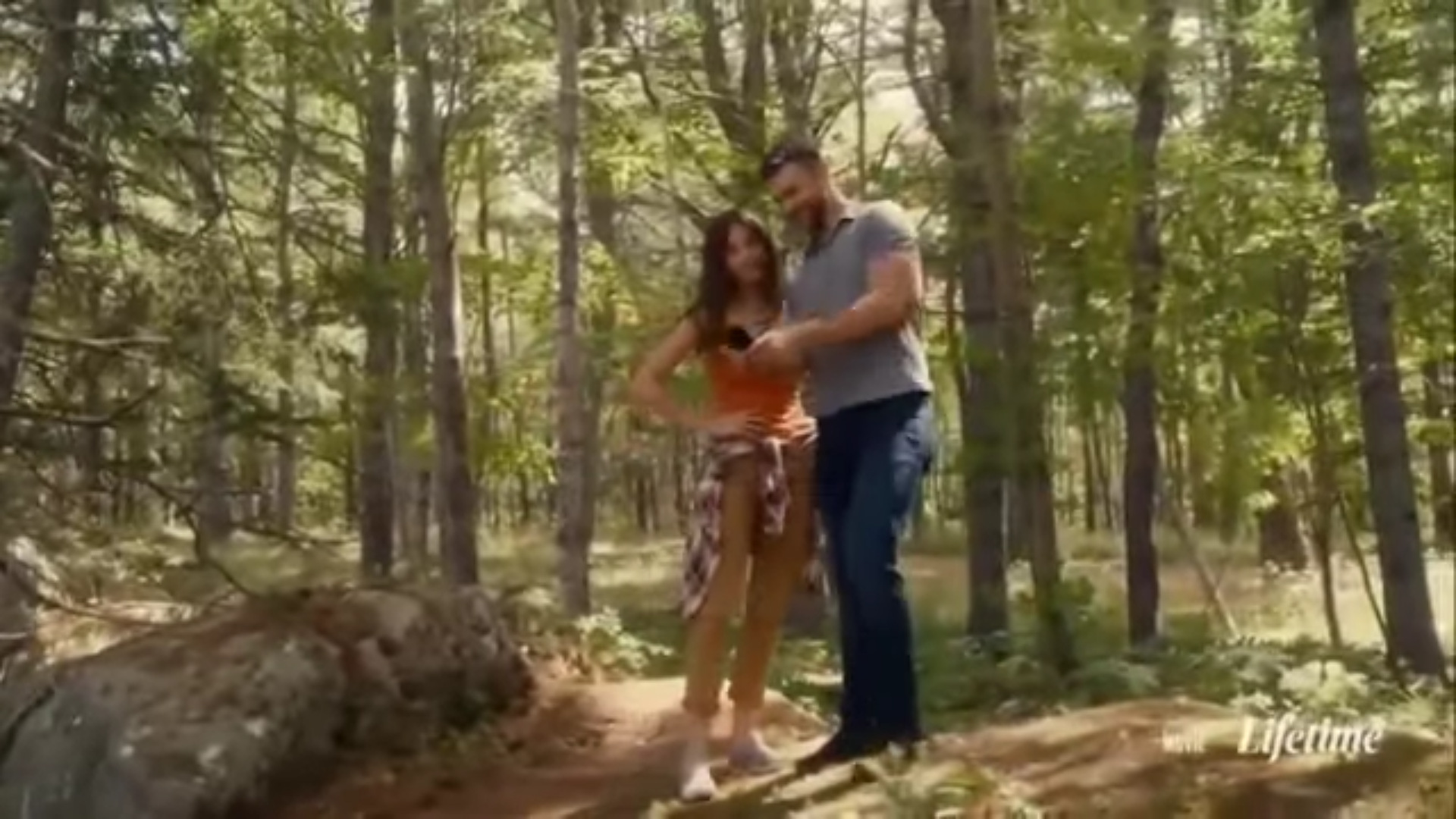
#8 “I’m out with the guys.” Watts hangs up on Shan’ann.
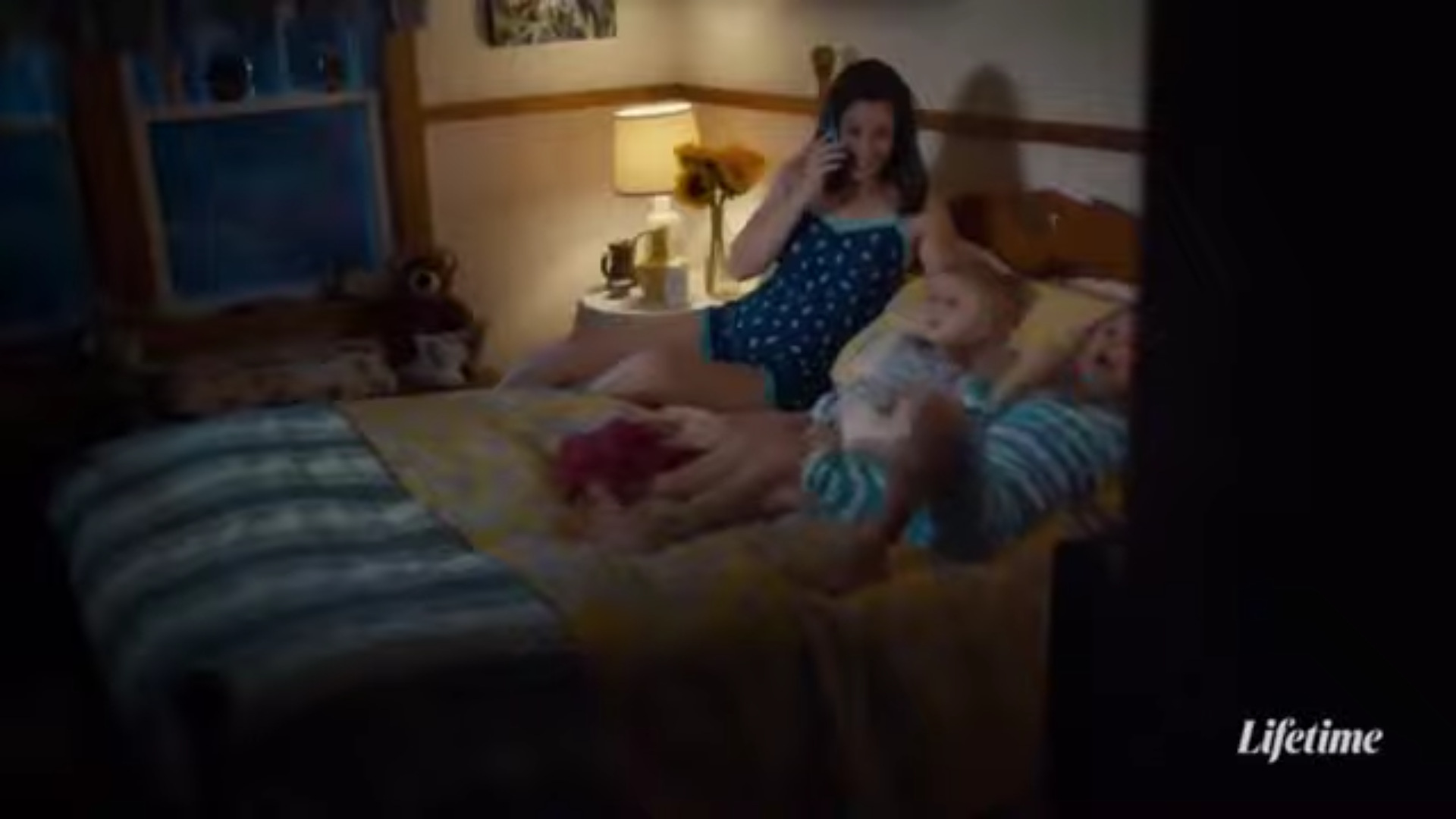
#9″Come here.” The assertive Watts ravishes his mistress in the backroom of a restaurant.
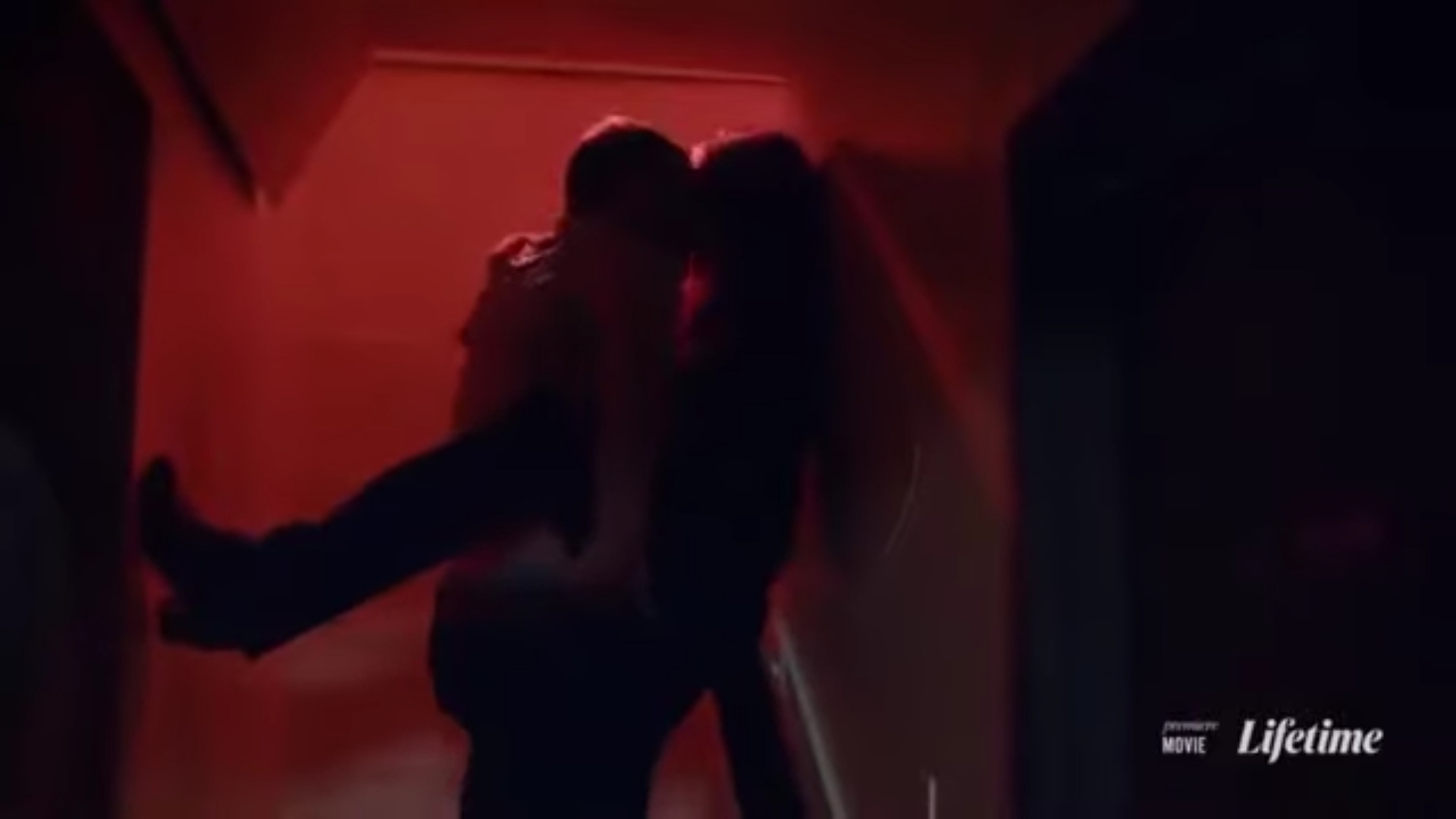
#10 “Are you judging me?” “Yes, I’m judging you!”
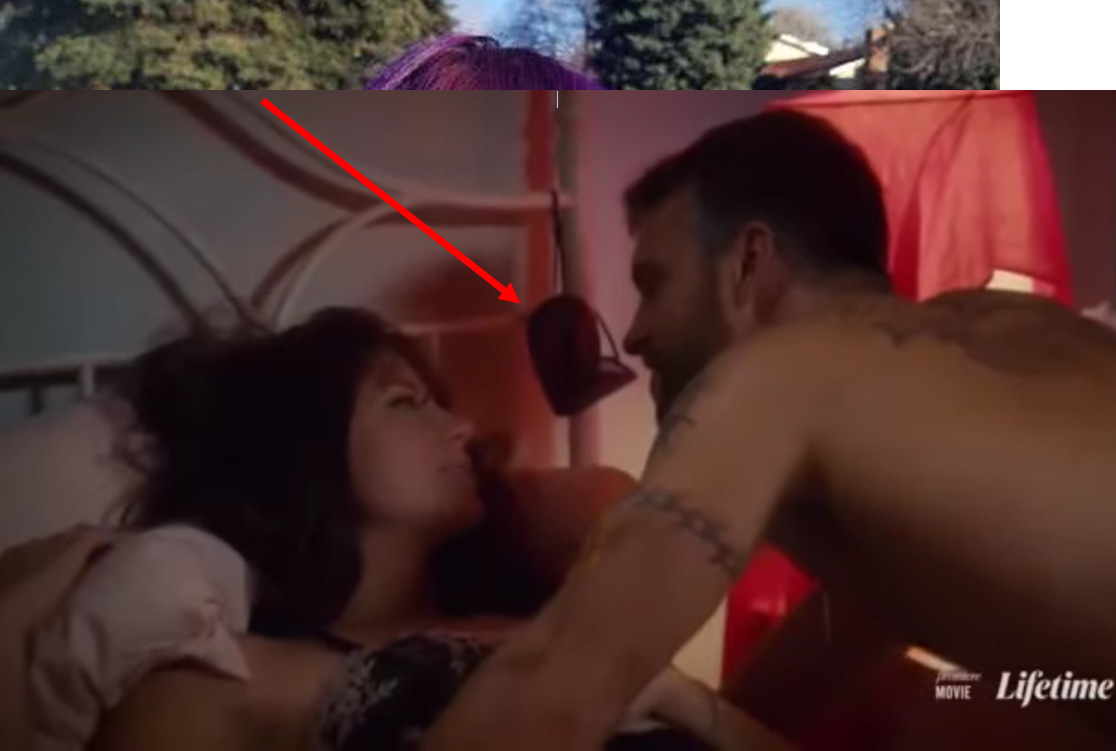
It just doesn’t sound like Watts, does it?
Note the sleep mask dangling from the bed post in the background.
#11 Visit to the Watts Home – minus Cindy, and minus Nut Gate.
#12 A distressed Shan’ann calls Watts to say…she doesn’t want the kids sleeping over at his folks.
She doesn’t say why.
#13 Deeter Gate – minus Deeter.
Nichol visits the Watts home. She doesn’t go unstairs and Deeter is nowhere in sight. She says, “Why would you want to leave all of this,” and then, in tears, asks Watts to take her home.
#14 Nichol Kessinger stalking Chris Watts’ Facebook page.
Not Shan’ann’s?
Does she know Shan’ann’s pregnant?
#15 Watts reconciles with Kessinger by picking her some yellow wildflowers.
#16 They go camping next to a lake, and after Googling when to say I love you, he tells her he loves her.
Watts Googled when to say I love you on July 25th, but only went camping a few days later.
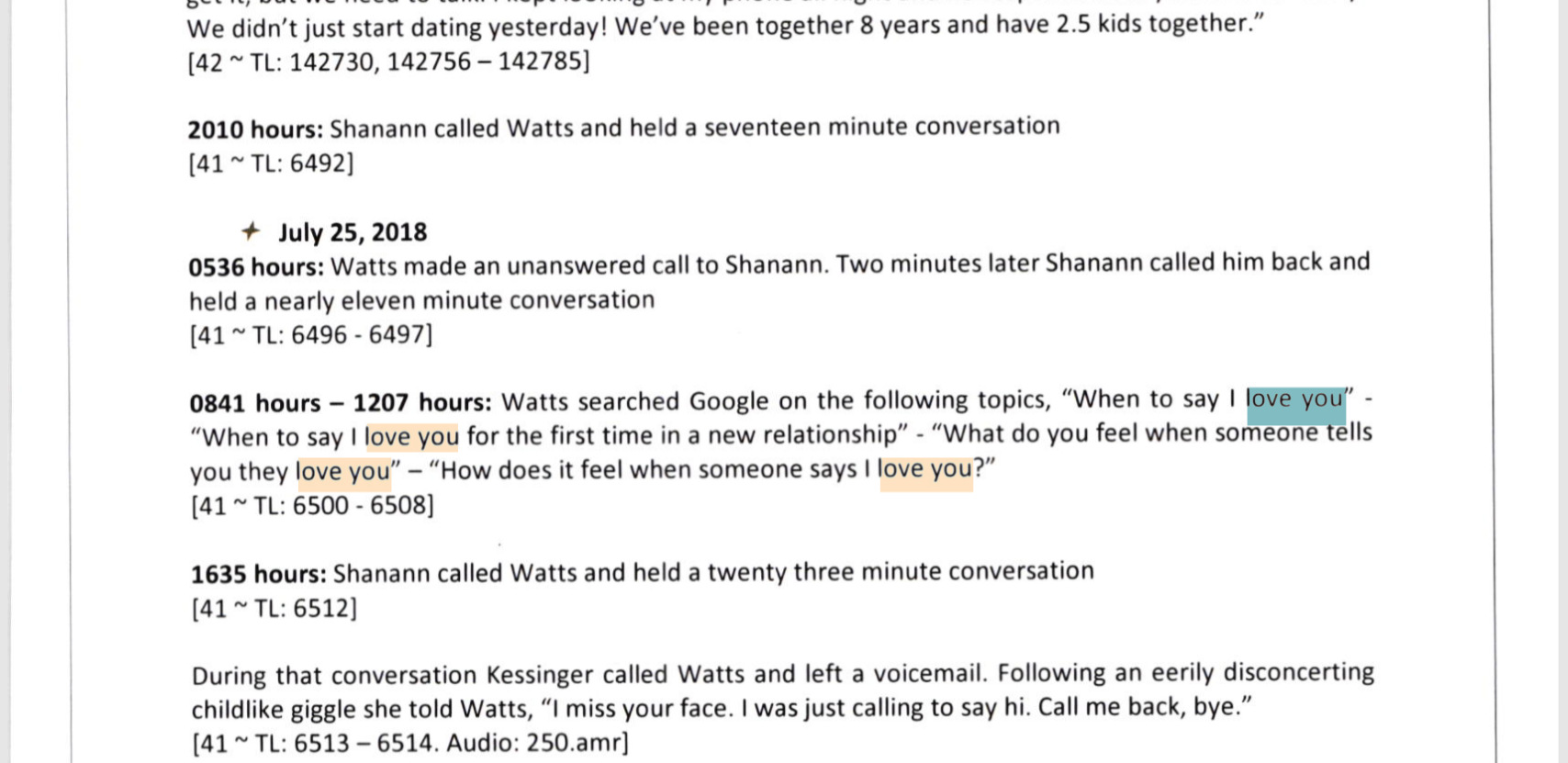
#17 Watts heads to North Carolina – but they don’t meet at the airport…

As they did in real life…
And incidentally, when Shan’ann and the kids left for North Carolina, Watts took her to the airport.
Instead of saying goodbye in the road, in front of the house.
Watts also gave Kessinger this card on their last day together in Colorado, before he left for North Carolina.
Their argument about airport parking isn’t depicted either. But Watts is depicted as standoffish.
They got the shirt color right for his arrival in North Carolina.
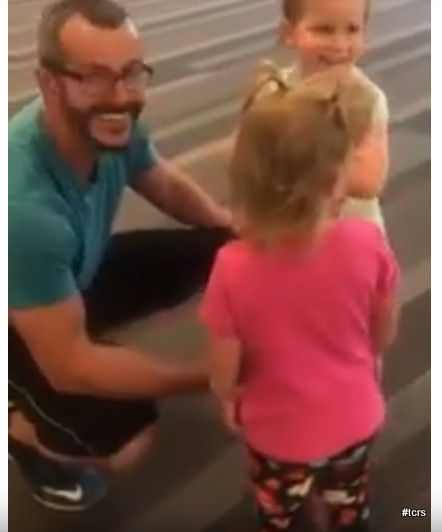
#18 Shan’ann tells Watts she’s “spotting”…on a pier…
When it was actually communicated via text on the afternoon of August 5th, 2018, the day prior to Watts visit with his folks in Spring Lake [without his wife and children, on their last full day in North Carolina].
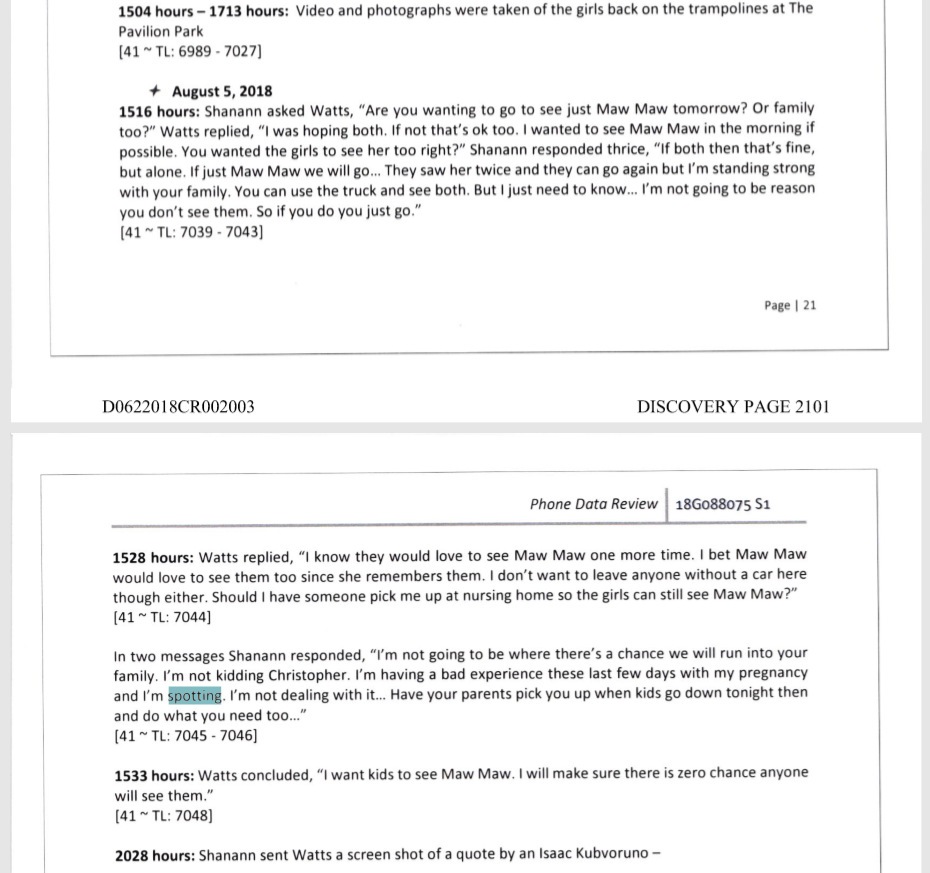
#19 The scene dramatized at Myrtle Beach shows the kids flying a kite…
Shan’ann looks concerned, as if she’s cottoned on to Watts not being fully himself with her.
We don’t see the scene at the bungee trampoline either.
#20 During an argument back in Colorado, Watts decides they should take a trip [to Aspen] to mend their relationship.
And then Shan’ann leaves for Arizona. Although technically true, they did make plans for a couple’s weekend away in place of the gender reveal party, it was Shan’ann pushing for couple’s counselling, and as the dominant force in the relationship, it seems unlikely he would suggest this.
#21 There are no windows in the garage used in the Lifetime movie.
Because that’s how Nickolas was able to see inside, see Shan’ann’s car and car seats and know something was wrong.
Analysis of the blinds of Chris Watts’ Home
#22 Watts doesn’t close the door of the Lexus after entering the garage.
He leaves it open. It’s an obstruction.
Officer Coonrod’s Bodycam appears to show Watts tucking something under his arm…
Officer Coonrod’s Bodycam appears to show Watts retrieving something…in the garage [UPDATE]
#23 Inside the house Watts walks to the kitchen…and stays there.
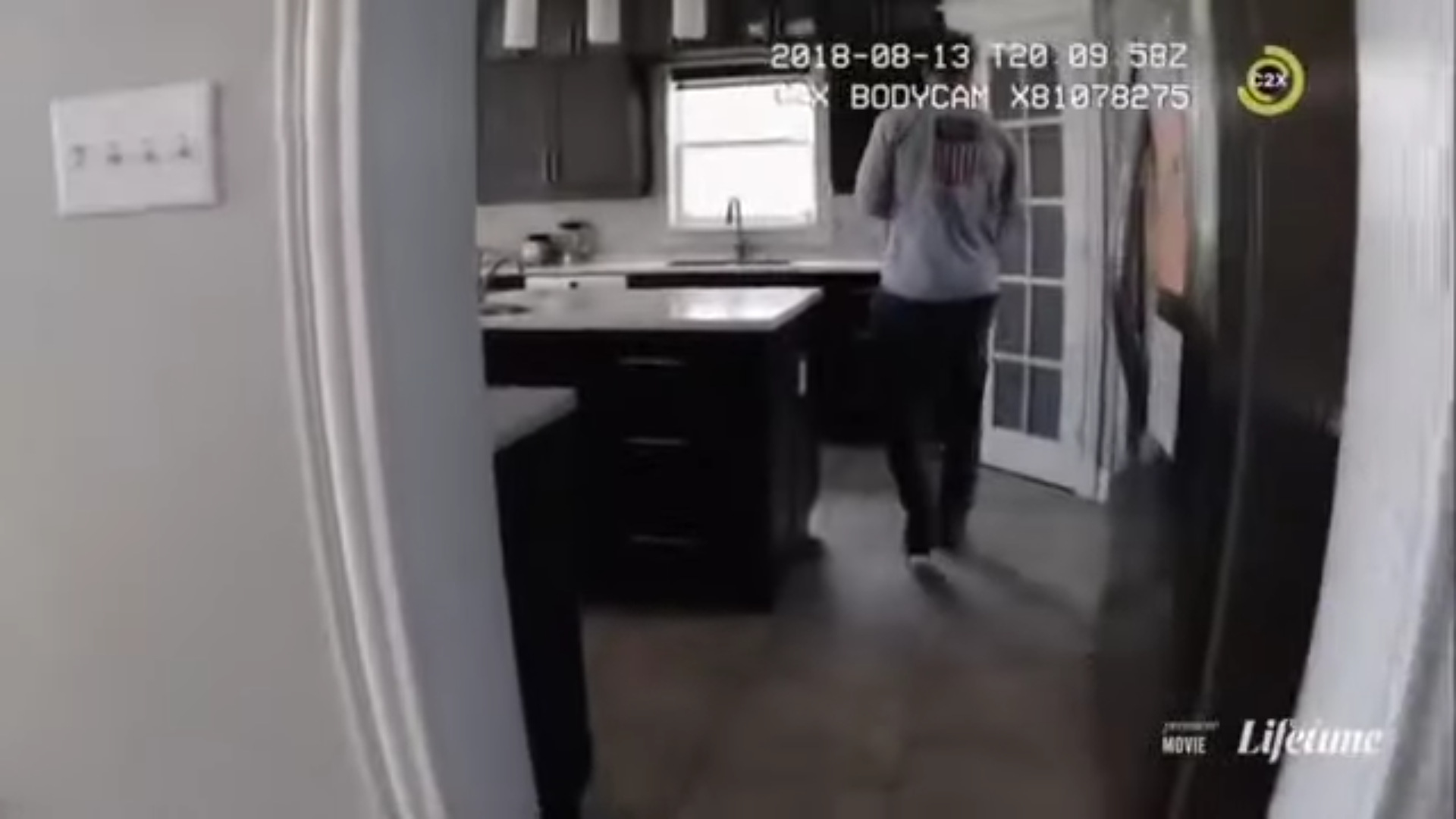
Lifetime shows him glance into the pantry.
In reality, as soon as Coonrod reaches the kitchen, Watts scoots around him and walks quickly to retrieve Deeter from the basement. Why is Deeter in the basement? No one thinks to ask, but this ought to have put suspicion on Watts early on, and in retrospect, also shows premeditation and post meditation.
Excellent Footage of the Moment Officer Coonrod Arrives on the Scene at 2825 Saratoga Trail
#24 Chris Watts depicted as awkward as he views Trinastich surveillance video.
This is where the Lifetime movie Chris Watts jarrs. It’s not that his depiction isn’t true to life, it is, what’s wrong is this moment doesn’t fit with the cool, sauve, charming Watts the actor has portrayed until this moment. He’s left something out of the character and now, here, it’s too late to fill in those gaps, or figure out who Watts really is.
I guess he’s just an enigma right, and no one will ever know?
Or a narcissist?
Well, no. We know exactly what sort of personality-type he is.
But the actor just doesn’t get Watts as an introvert.
It’s not really clear what aspect he was trying to portray – perhaps narcissism. How do you portray narcissism that’s different to everyone else?
#25 Next we’re back to the Interrogation Cubicle, but Watts is sitting in the wrong place.
#26 And the scene of Watts confessing to his father…well…believe it or not it’s not actually depicted.
But at least they got Ronnie’s shirt color right, and Watts is also wearing the right clothes too.
Incredibly, there’s no depicting here of arguably the biggest WTF moment of the entire case – firstly where Watts confesses to his father, and secondly where Ronnie’s dad, shortly after being informed that his son murdered Shan’ann and both his grandchildren are dead, offers the cops some flaky corroboration [the doll wrapped in plastic] of Shan’ann’s supposed involvement using his phone.
#27 Who said: “I think we’re very, very close, but we’re not quite there yet”?
It wasn’t Lee, as depicted in the movie.
#28 – 31
The dramatization had a host of errors and inconsistencies too.
TCRS Analysis of the Final Scene in Confessions of a Killer – Patreon
The above link provides an analysis of the dramatization in the Lifetime movie, and why it doesn’t make any sense.
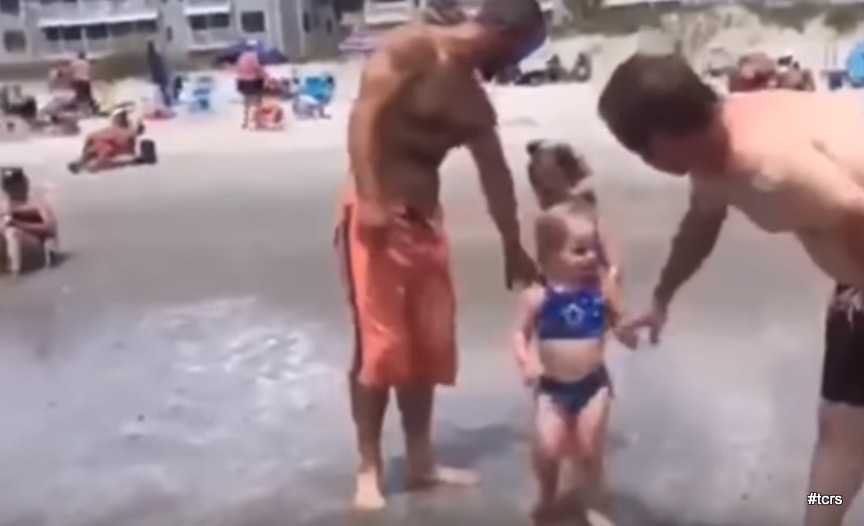
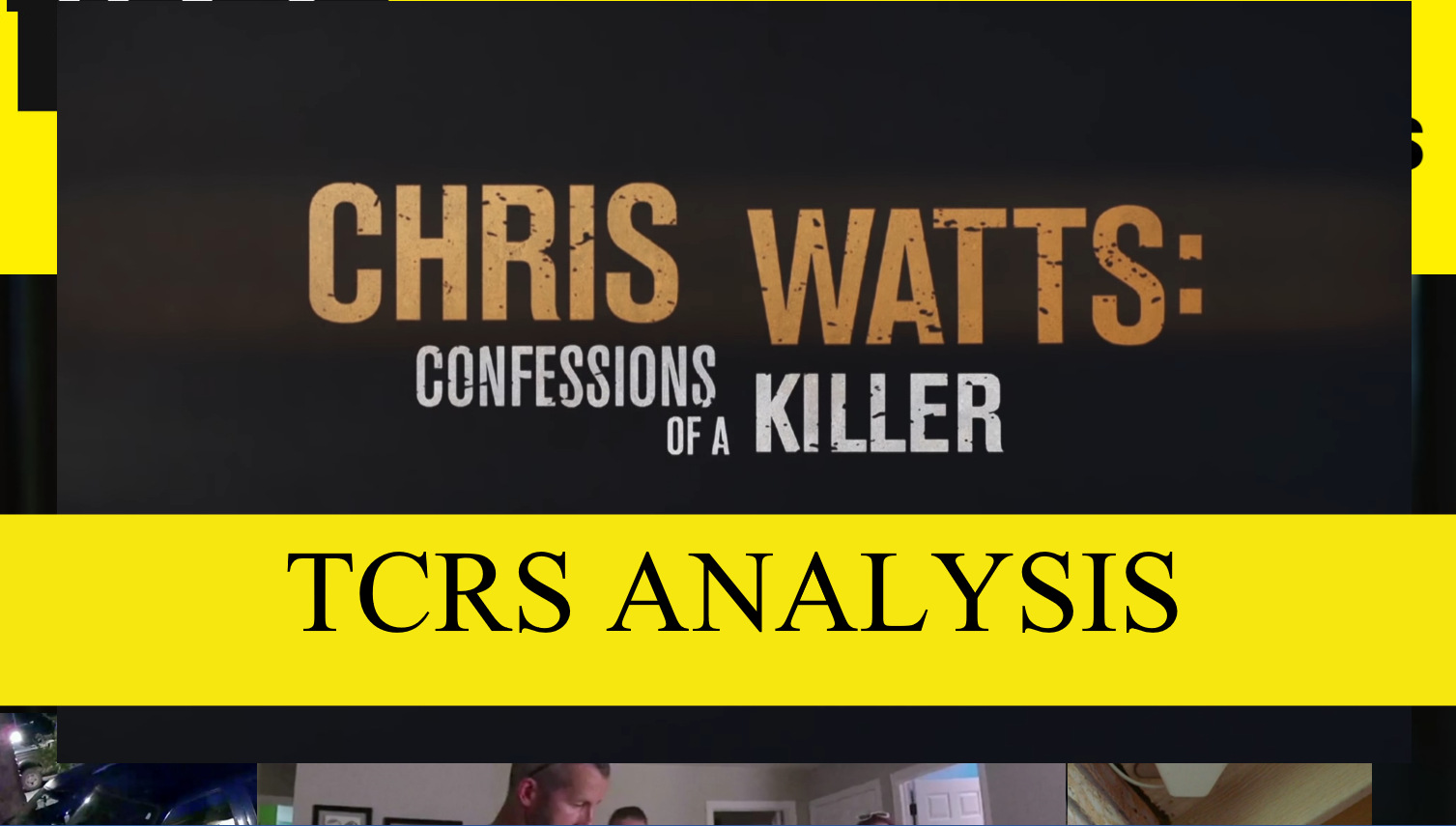


















































































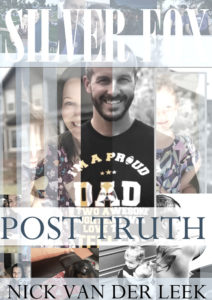
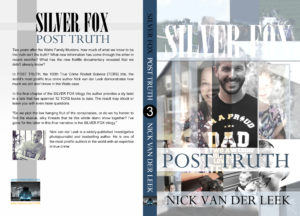



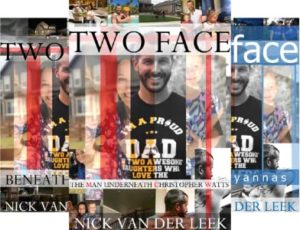

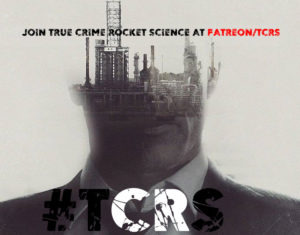

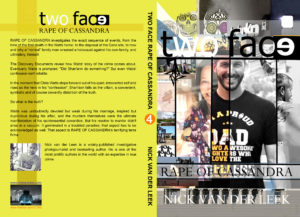
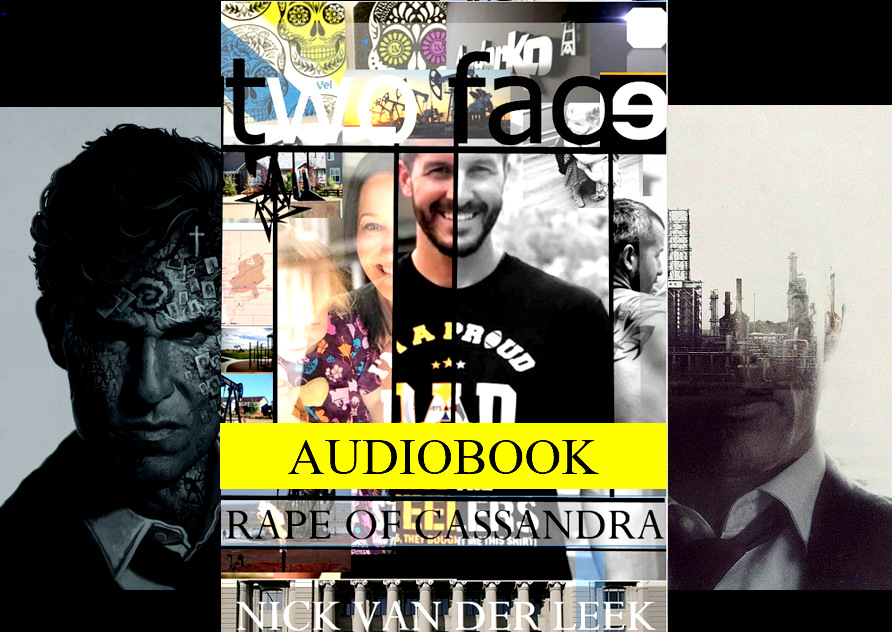
Recent Comments